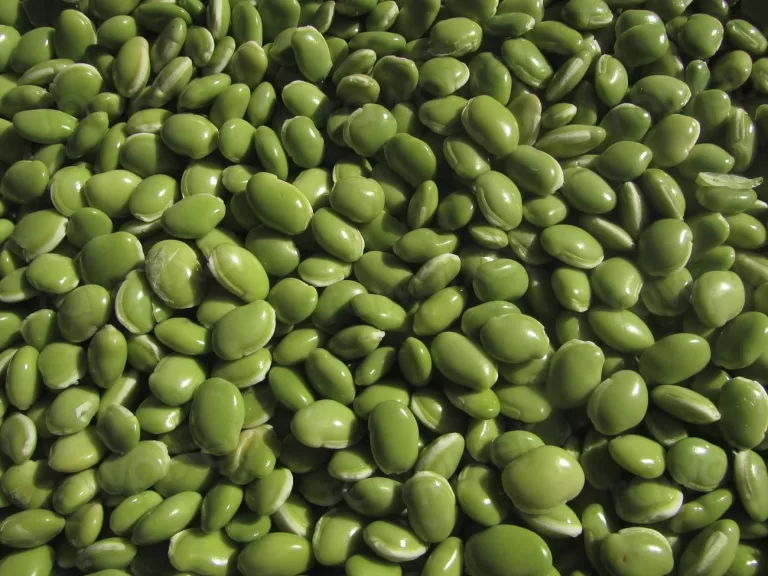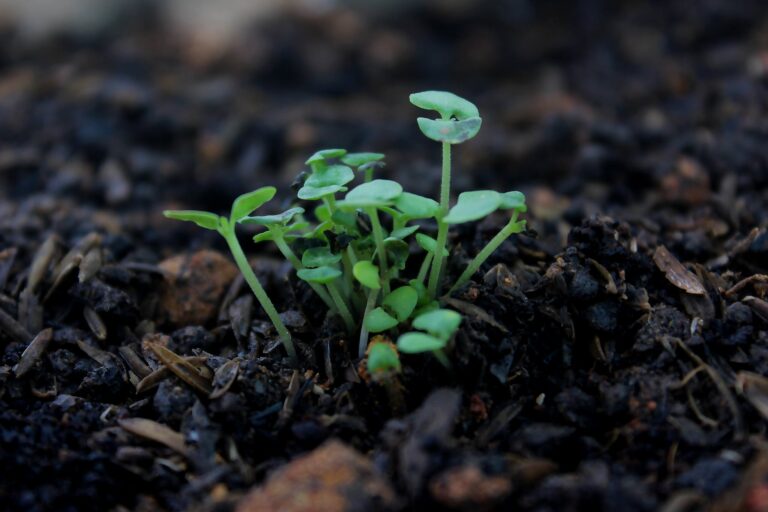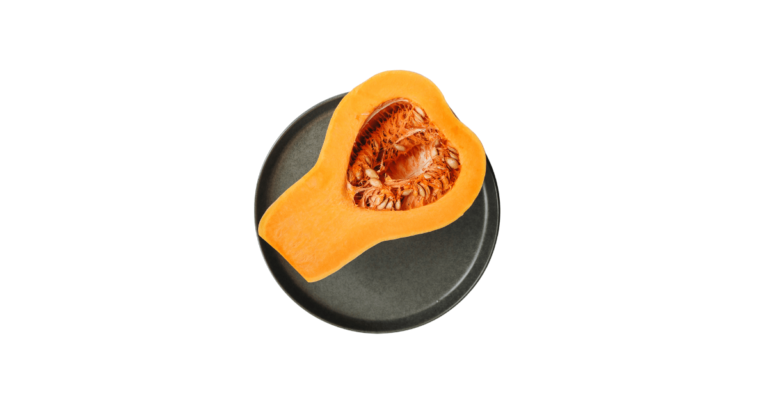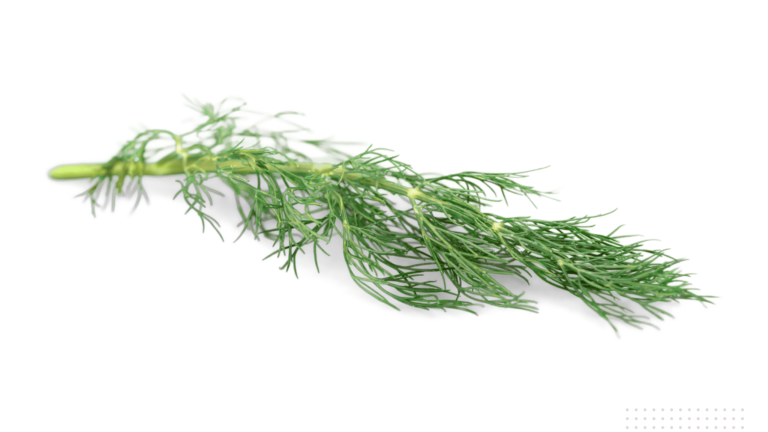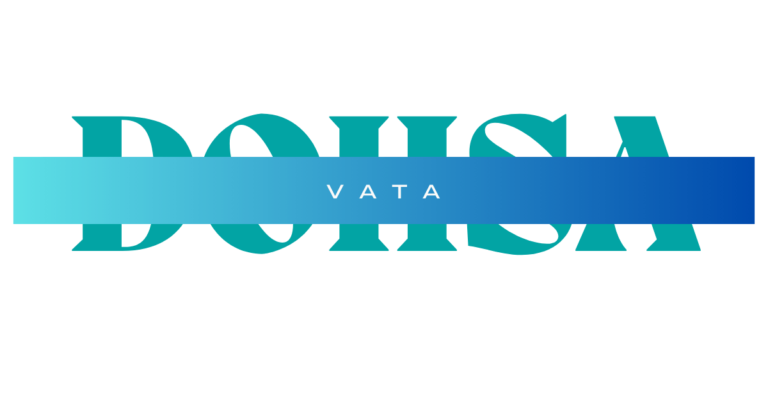Organic Oats: A Good Source Of Compounds & Protein
Organic oats are pesticide-free whole edible grains, the botanical name of oats is Avena sativa.
Whole organic oats may be better than other varieties due to their quality, nutritional value, and therapeutic properties.
A study by Fabiano et al. (2023) suggests that oat consumption may impact gut microbiota modulation and short-chain fatty acid synthesis.
It also states the effect of insoluble fibre beta-glucan (OBG), which has prebiotic potential, short-chain fatty acids and a unique phenolic compound of (AVAs) – avenacolysates, avenacins, and avenanthramides.
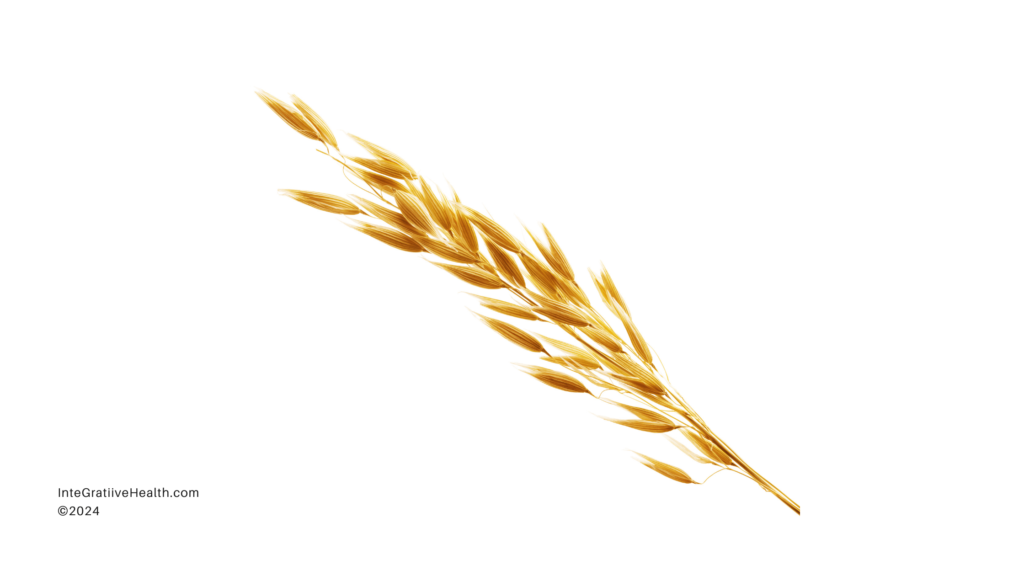
Oats’ nutritional efficacy is influenced by food matrices, known as the food matrix effect. This means that oats’ nutritional components and compounds work together, producing an overall effect when eaten.
Therefore, consuming a specific type of oat and its consumption method may affect its nutritional value.
Oats contain several dietary properties.
Key Points
This article provides an overview of organic oats, their types, bioactive compounds, therapeutic actions, protein analysis, a better method of consumption, and a classical science—the Ayurvedic view.
It also extensively references Fabiano et al. (2023) study, “Relationship between Oat Consumption, Gut Microbiota Modulation, and Short-Chain Fatty Acid Synthesis: An Integrative Review. Nutrients.”
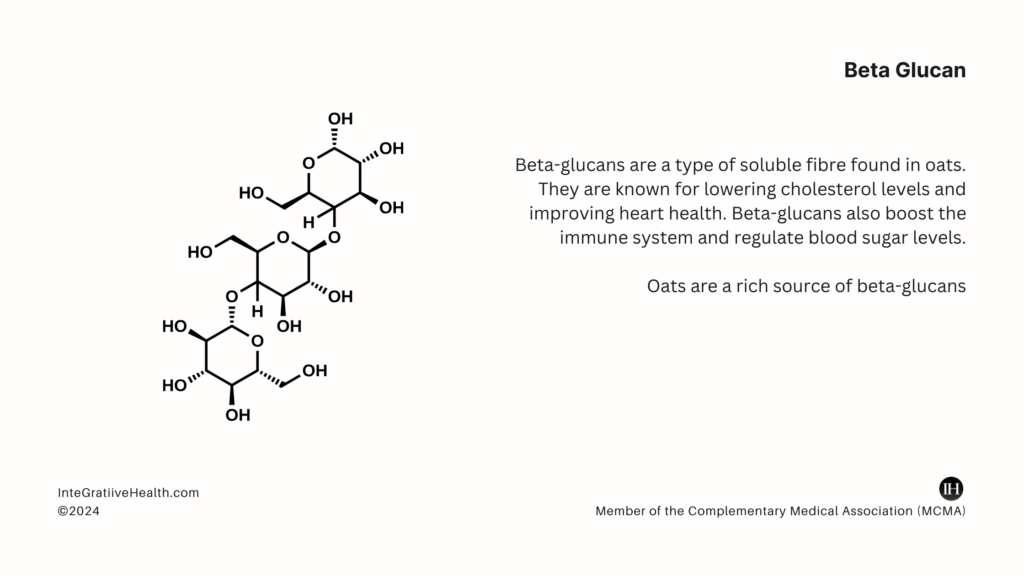
Oat Varieties
Oats belong to the genus Avena and the family Poaceae, which includes grasses.
Common oat varieties include Avena sativa (cultivated oats), Avena byzantina (wild red oats), and Avena sterilis (wild white oats).
Typically, organic oats are produced in countries such as Canada, USA, parts of Europe and Asia, and Russia, and there are different types of oats available.
Types Of Oats
(Groats) hulled, whole organic oats are the entire oat groat with only the outer husk removed; they are minimally processed.
Rolled organic oats are whole oats steamed and flattened by large rollers.
Steel-cut organic oats are whole oat groats chopped into small pieces.
Flaked oats are also whole oats that have been flattened but are typically thicker than rolled oats.
Oatmeal: a form of ground whole oats.
Oat bran is the outer layer of the oat groat, is rich in soluble fibre, and contains more phytic acid.
Better Variety: Whole Organic Oats (Hulled)
Whole organic oats are nutritious due to minimal processing, which helps retain their nutritional value.
Unlike refined grains, which lose many phytochemicals during processing, whole oats maintain their nutritional benefits because they are typically consumed in whole-grain form.”
Also, due to the removal of the hull, they have lower phytic acid content, Chen et al. (2021).
Secondly, iron absorption from oats may be better due to removing the hull containing phytic acid.
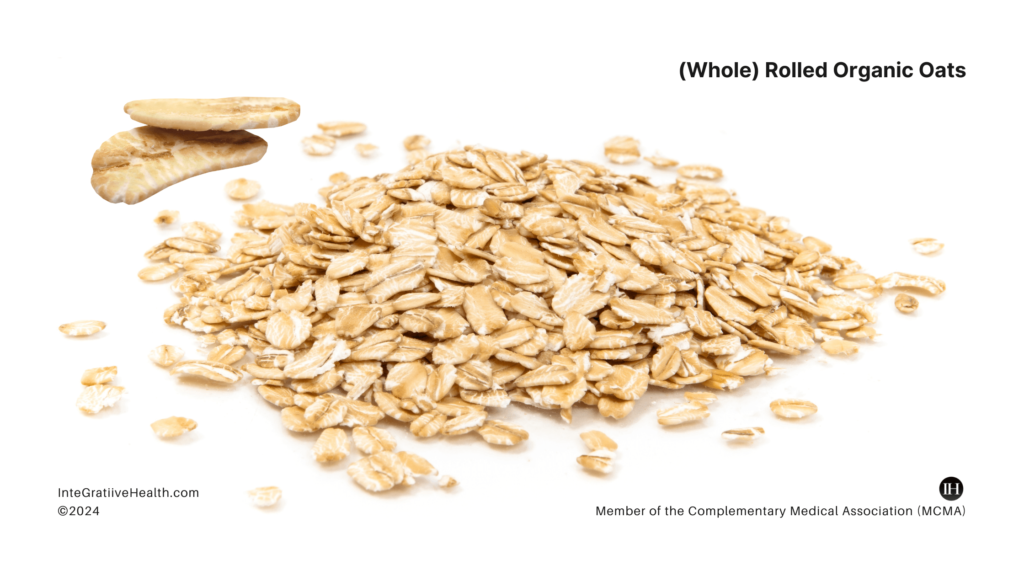
Bioactive Compounds
According to Paudel, Dhungana, Caffe, and Krishnan (2021), in their review of the health-beneficial properties of oats published in Foods, “Oat beta-glucan (OBG) is a viscous polysaccharide and a major component of soluble fibre.” OBG is a major component of oats.
- Beta-glucan is also considered a prebiotic. It is helpful in maintaining gut microbiota balance and has indirect effects on the gut-brain axis.
- Furthermore, minor components, such as antioxidant compounds like tocols, phenolic compounds, and sterols are all associated with health benefits.
- Tocopherols and tocotrienols (tocols) contribute to the vitamin E activity in oats, together forming tocols.
- Oats contain several phenolic compounds, including avenanthramides (AVAs), p-hydroxybenzoic acid, vanillic acid, tricin, ferulic acid, caffeic acid, protocatechuic acid, syringic acid, p-coumaric acid, sinapic acid, tricin, apigenin, luteolin, kaempferol, and quercetin. Several of these are recognised for antioxidative actions.
- AVAs are phenolic alkaloids found exclusively in oats. AVAs have been documented as antioxidant, anti-inflammatory, antiproliferative, and anti-itching.
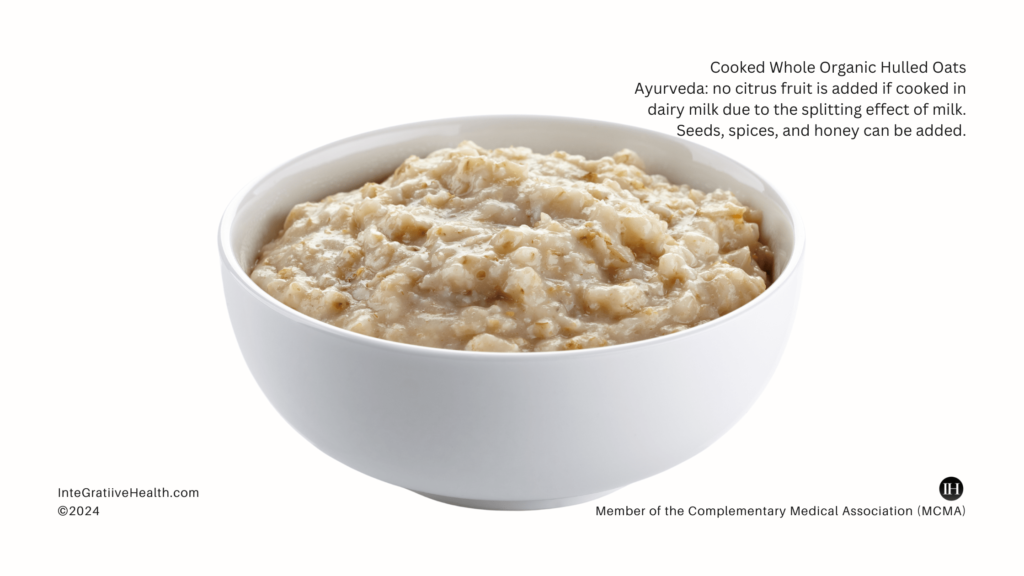
Protein Value: “A Good Source” Depending On The Oat & Eating Method
According to the study by Chen et al. (2021), “The Role of Oat Nutrients in the Immune System: A Narrative Review,” published in Nutrients;
- “Oats per 40-g serving is a “good” or “excellent” source of nutrients for protein, fibre, iron, magnesium, phosphorus, zinc, copper, manganese, and selenium.
- Additionally, oats contain a higher protein content compared to widely consumed cereals, such as corn and rice, with a fairly good balance of essential amino acids.
- According to the study, a food is considered a source of protein if at least 12% of its energy value comes from protein.
- Oat groats contain 13 to 20% protein, Paudel et al. (2021).

Protein Quantity In Oats
The amount of protein in oats varies and depends on the source, crop, processing and cooking methods; for example, according to the USDA, 100 grams may contain 16.9 grams of protein (Link to data).
Another study by Paudel, Dhungana, Caffe, and Krishnan (2021) in which they provided a comprehensive review of the health-beneficial properties of oats and stated that “Protein content in oat groats ranges from 13 to 20%.”
Type of Protein In Oats
Similarly, Fabiano et al. (2023) found that oats have higher protein levels than other cereals;
- The proteins in oats are mainly globulins such as avenalins and prolamins (avenins).
- Primarily, oat protein consists of four fractions: 70–80% globulin, 1–12% albumins, 4–15% prolamins, and ≤ 10% glutenins Rafique et al. (2022).
- Oat proteins are of higher quality than other cereal grains because they contain higher levels of essential amino acids, such as lysine.
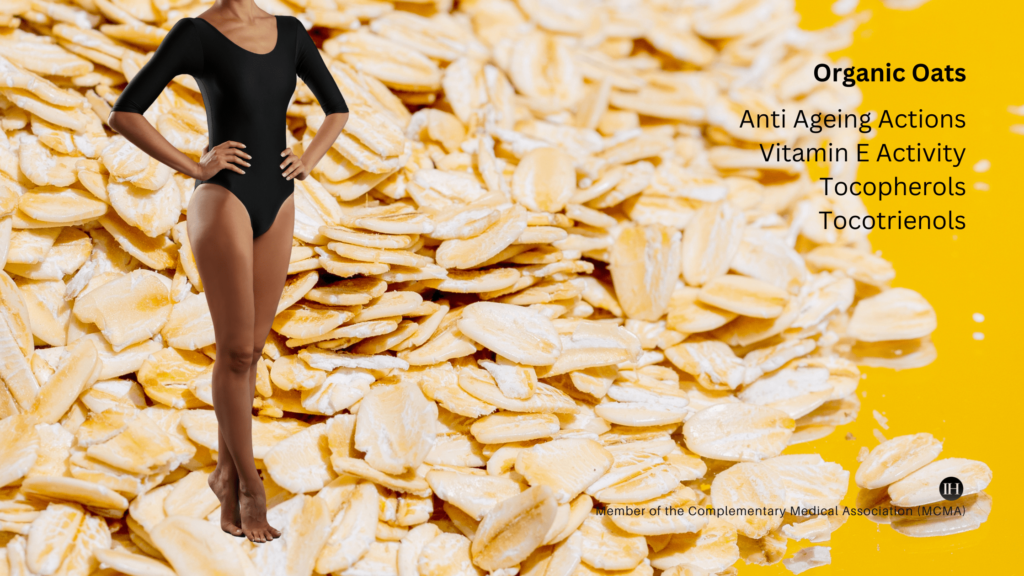
Therapeutic Actions
Because of its various compounds and overall nutritional components, organic oats are linked to numerous therapeutic properties when consumed as part of a well-balanced diet.
“The key is incorporating oats into a balanced diet rather than consuming them in isolation.”
For instance, oats are beneficial for balancing cholesterol.
They can increase the viscosity of intestinal contents, limit bile acid reabsorption in the terminal ileum (the last segment of the small bowel), and increase faecal excretion, which results in cholesterol utilisation (Paudel et al., 2021).
Here are more of Oats actions and pharmacological properties:
- Weight management and gradual weight loss.
- Cardioprotective due to beta glucan actions (OBG).
- Blood sugar balancing is helpful for diabetics and people on low GI diets.
- Anti-inflammatory actions
- Antihypertensive actions
- Anti oxidative actions
- Immunomodulatory actions
- Anti thrombosis actions
- Alleviate exercise-induced fatigue by improving muscle strength.
According to Chen et al. (2021), unrefined and whole oat-based products are more effective in lowering cholesterol than processed oat products where oat tissues are highly disrupted.
Ayurvedic Overview
Classical sciences, such as Ayurveda, suggest that organic oats are helpful as a dietary source for weight loss, digestive tract well-being, and anti-inflammatory diets.
The science also states that cooked oats are vata and pitta-friendly foods and can be combined with good fats such as coconut oil.
Furthermore, oats may be helpful for the kapha diet with the addition of whole spices.
It suggests that oats have a calming effect on the brain. They should be washed, soaked and then cooked either as a sweet or savory meal with added personalised nutrition based on dosha type.
Organic oats should be consumed as a meal and as part of a well-balanced and systematic diet.
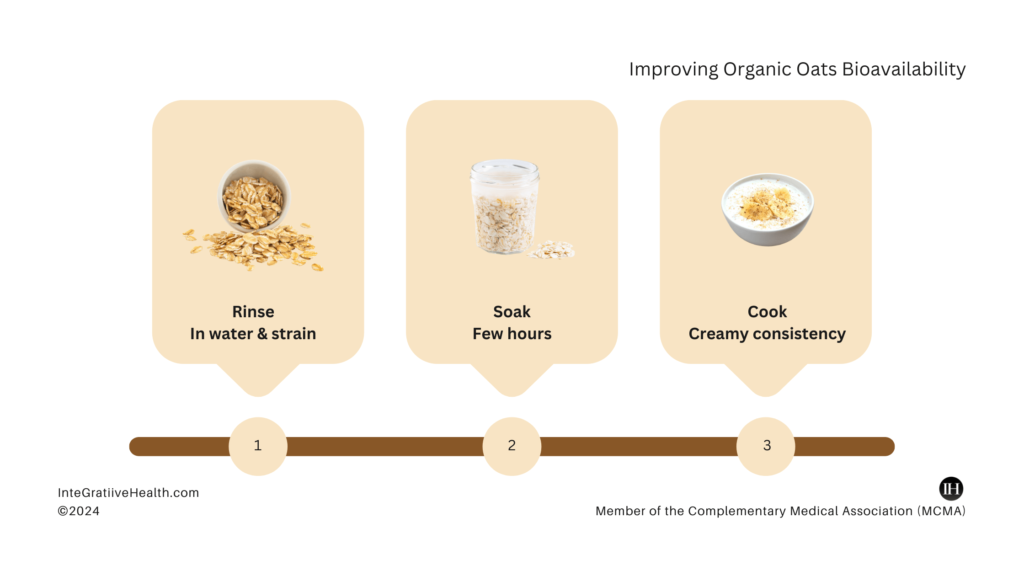
Working With The Phytic Acid In Oats (Digested Bioavailability)
Removing phytic acid from oats before consuming them can help improve nutrient absorption.
Phytic acid can bind to minerals such as zinc, iron, and calcium, inhibiting their absorption in the body.
Some people may experience gas and slower digestion with oats. Lowering phytic acid levels may help improve digestive integrity.
The following treatments may be helpful before consumption:
- Rinsing: Oats in water to clean the grain and straining before use.
- Soaking: Oats in water or an acidic medium like yoghurt or buttermilk can help break down phytic acid.
- Heat Cooking: Heat cooking (without overcooking), such as boiling or steaming, can also help reduce oats’ phytic acid levels.

Summary
In summary, organic oats, botanically known as Avena Sativa, contain a significant amount of nutritional components, such as protein, and other compounds like beta-glucan (OBG).
- Consuming organic whole-hulled oats (groats) or organic rolled oats may provide better quality nutrition as they are minimally processed. Furthermore, reducing phytic acid content by pre-soaking and cooking can offer improved bioavailability on digestion.
- Several studies recognise the dietary properties of oats as cardioprotective, anti-inflammatory, helpful for cholesterol balance, can be a good source of plant protein when combined with other plant sources.
- Oat proteins are considered higher quality than those found in other grains. They also serve as a source of antioxidants, thanks to vitamin E (tocols), which is credited with preventing premature ageing.
- Oats may not be easily digestible for some; therefore, treating them before consuming them can help. Indian Ayurveda suggests oats as being good for vata and pitta diets.
Precautions & Suitability
Precautions and personal responsibility are crucial. Check the suitability of any therapeutic diet or wellness routine for any person, pregnant, with allergies or chronic health issues. Seek the advice of a professional.
This is an informational post only and does not constitute professional advice.
Data & References in this article
- Fabiano GA, Shinn LM, Antunes AEC. Relationship between Oat Consumption, Gut Microbiota Modulation, and Short-Chain Fatty Acid Synthesis: An Integrative Review. Nutrients. 2023 Aug 11;15(16):3534. doi: 10.3390/nu15163534. PMID: 37630725; PMCID: PMC10459712.
- United States Department of Agriculture: https://fdc.nal.usda.gov/fdc-app.html#/food-details/169705/nutrients
- Future Market Insight: https://www.futuremarketinsights.com/reports/organic-oats-market
- Rafique H, Dong R, Wang X, Alim A, Aadil RM, Li L, Zou L, Hu X. Dietary-Nutraceutical Properties of Oat Protein and Peptides. Front Nutr. 2022 Jul 5;9:950400. doi: 10.3389/fnut.2022.950400. PMID: 35866075; PMCID: PMC9294724.
- Joyce, Susan A et al. “The Cholesterol-Lowering Effect of Oats and Oat Beta Glucan: Modes of Action and Potential Role of Bile Acids and the Microbiome.” Frontiers in nutrition vol. 6 171. 27 Nov. 2019, doi:10.3389/fnut.2019.00171
- Chen O, Mah E, Dioum E, Marwaha A, Shanmugam S, Malleshi N, Sudha V, Gayathri R, Unnikrishnan R, Anjana RM, Krishnaswamy K, Mohan V, Chu Y. The Role of Oat Nutrients in the Immune System: A Narrative Review. Nutrients. 2021 Mar 24;13(4):1048. doi: 10.3390/nu13041048. PMID: 33804909; PMCID: PMC8063794.
- Paudel D, Dhungana B, Caffe M, Krishnan P. A Review of Health-Beneficial Properties of Oats. Foods. 2021 Oct 26;10(11):2591. doi: 10.3390/foods10112591. PMID: 34828872; PMCID: PMC8625765.
- Singh, Rajinder et al. “Avena sativa (Oat), a potential neutraceutical and therapeutic agent: an overview.” Critical reviews in food science and nutrition vol. 53,2 (2013): 126-44. doi:10.1080/10408398.2010.526725
- Zhang T, Zhao T, Zhang Y, Liu T, Gagnon G, Ebrahim J, Johnson J, Chu YF, Ji LL. Avenanthramide supplementation reduces eccentric exercise-induced inflammation in young men and women. J Int Soc Sports Nutr. 2020 Jul 25;17(1):41. doi: 10.1186/s12970-020-00368-3. PMID: 32711519; PMCID: PMC7382060.


